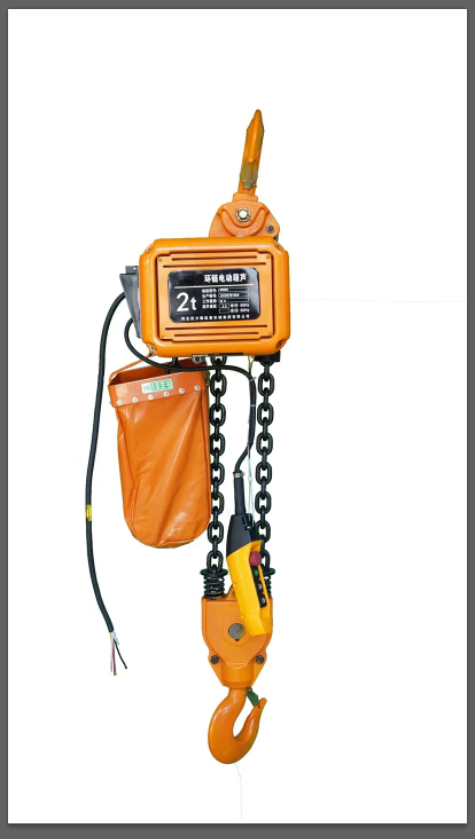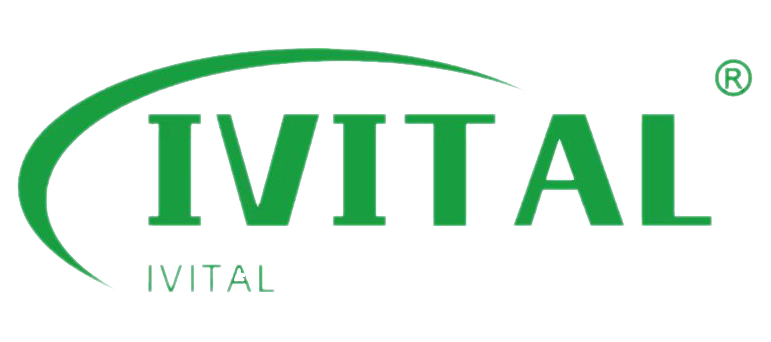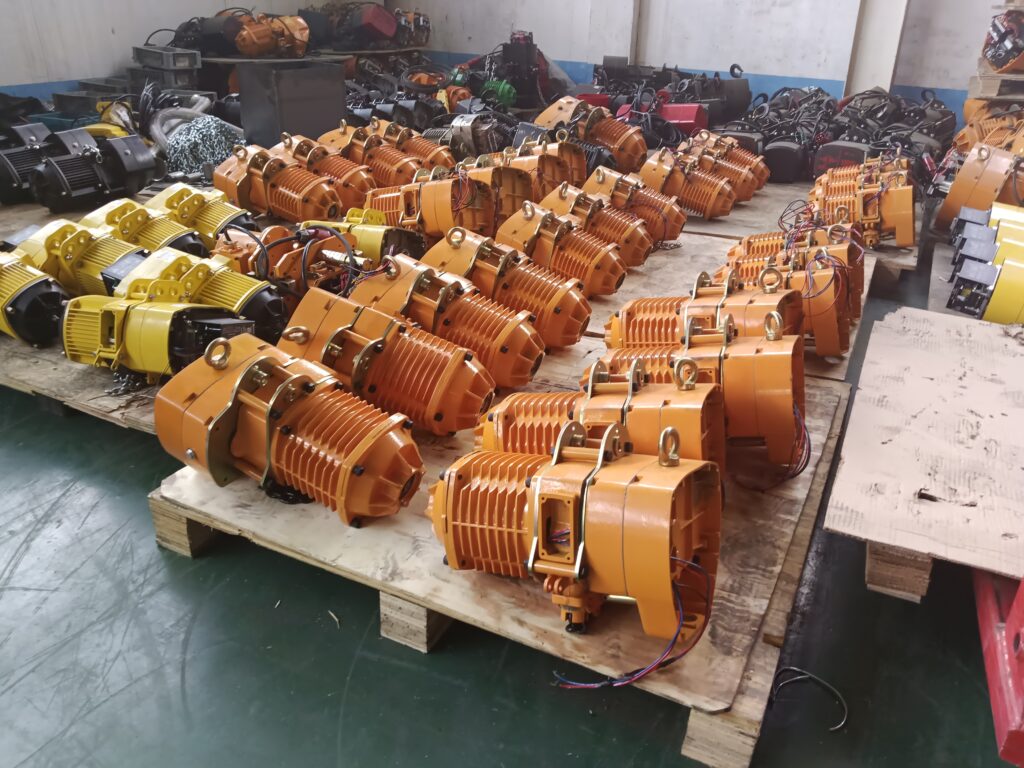
To pick the right chain hoist, figure out how much weight you’re lifting and how often you’re lifting it. Think about how fast you need to lift it, how portable you need it to be, and whether you have power available. Consider safety features, maintenance requirements, and cost. Finally, match the hoist to your specific application and talk to people who know what they’re talking about to get their recommendations.
Chain hoists use a combination of levers and pulleys to lift heavy stuff real good. With their big-ass chain, these machines save you the trouble, the strain, and the time of trying to lift heavy things because they can handle a lot of weight. To get the most out of them, you need to use the right lifting gear for the job you’re doing. Picking the right chain hoist can be tricky and you need to think about it. Manual and electric chain hoists are used for different lifting jobs.
If you’re looking to buy a chain hoist, this blog is for you. We’ll walk through the important things to think about when you’re choosing the best chain hoist for your business.
What Lifting Capacity Do You Require?
When you’re choosing a hoist, whether it’s manual or electric, the first thing you need to think about is how much weight you’re going to lift. You need to know how much your loads weigh and then you need to choose a hoist that has a safe working load (SWL) that’s appropriate for that weight.
Safety is the most important thing, so you want to err on the side of caution. The standard lifting capacities for light loads are 125kg, 250kg, 500kg, 1000kg, and 2000kg. For example, if you’re lifting 500kg on a regular basis and there’s a chance that you might exceed that weight, you want to go with a 1000kg hoist.
Manual hoists are generally better for lighter, less frequent lifts, and electric hoists are better for heavier, more frequent lifts. You always want to choose a hoist that has a lifting capacity that meets or exceeds your maximum load requirements to ensure safety and productivity.
What Lifting Speed Do You Require?
Next, you’ll want to think about lifting speed. If you’re looking for high production and efficiency, you’ll want a faster lifting speed to maximize your return on investment. If you’re just unloading delivered goods or occasionally lifting something, a slower speed may be fine.
The lifting speed of a hoist is determined by the motor power, gearbox ratio, and chain reeving. Manual hoists tend to be slower because they’re manually operated, which makes them good for lighter, less frequent jobs. Electric hoists have faster lifting speeds, which is great for high-frequency and heavy-duty applications. Make sure you choose a hoist with the right lifting speed for your operation to get the best performance and productivity.
What is the Height of the Lift?
Once you’ve figured out the capacity and speed, you need to think about how high you want to lift things. The height of your building is a big factor, but don’t assume the hoist will go all the way up to the top. You need to know the size of the structure you’re going to lift things in and the size of the hoist, whether it’s a manual hoist or an electric hoist.
Manual hoists are typically used for shorter lifts, like in a workshop or for maintenance. Electric hoists can go higher, like in an industrial setting. If you’re not sure about any of this, you should talk to somebody who knows. If you make a mistake on how high you need to lift something, it can be expensive, but it’s easy to avoid if you get some help.
Does Your Site Have a Power Supply?
If you’re thinking about getting a chain hoist, you need to know if you have a good power source. Electric chain hoists need electricity to work well, so they’re good for places where you always have power. On the other hand, manual chain hoists (also called chain blocks) don’t need power, so you can use them in places where you don’t have electricity or where it’s hard to get. You need to know what kind of power you have to figure out which hoist is best for you.
What Is Your Budget?
When you’re buying equipment like chain hoists, budget is a big deal. Don’t just buy the cheapest one you can find without making sure that you can get parts and support from the people you buy it from. Buy from the OEM or the official distributor so that you know you’re getting a good product, and go see them to make sure they can meet your needs now and in the future.
Now, when you’re comparing manual and electric chain hoists, budget is a big deal. Manual hoists are cheaper to buy and cheaper to maintain because they’re simple and don’t have any electrical stuff, and they’re good for intermittent or smaller operations. Electric hoists cost more money because they have a motor and more features, and they’re good for continuous and heavy-duty lifting in an industrial setting. You need to look at your budget and figure out which one of those things is going to work best for you.
What Are Your Future Lifting Needs?
You might think a 4-ton chain hoist is good enough for what you’re lifting now. But what about what you’ll be lifting in the future? Do you think you’ll be lifting heavier things in the future than you are now? It’s not cost-effective to have to upgrade all the time. Get a hoist that will handle what you’re doing now and what you’ll be doing in the future. Get one that will handle heavier loads as your needs change.



